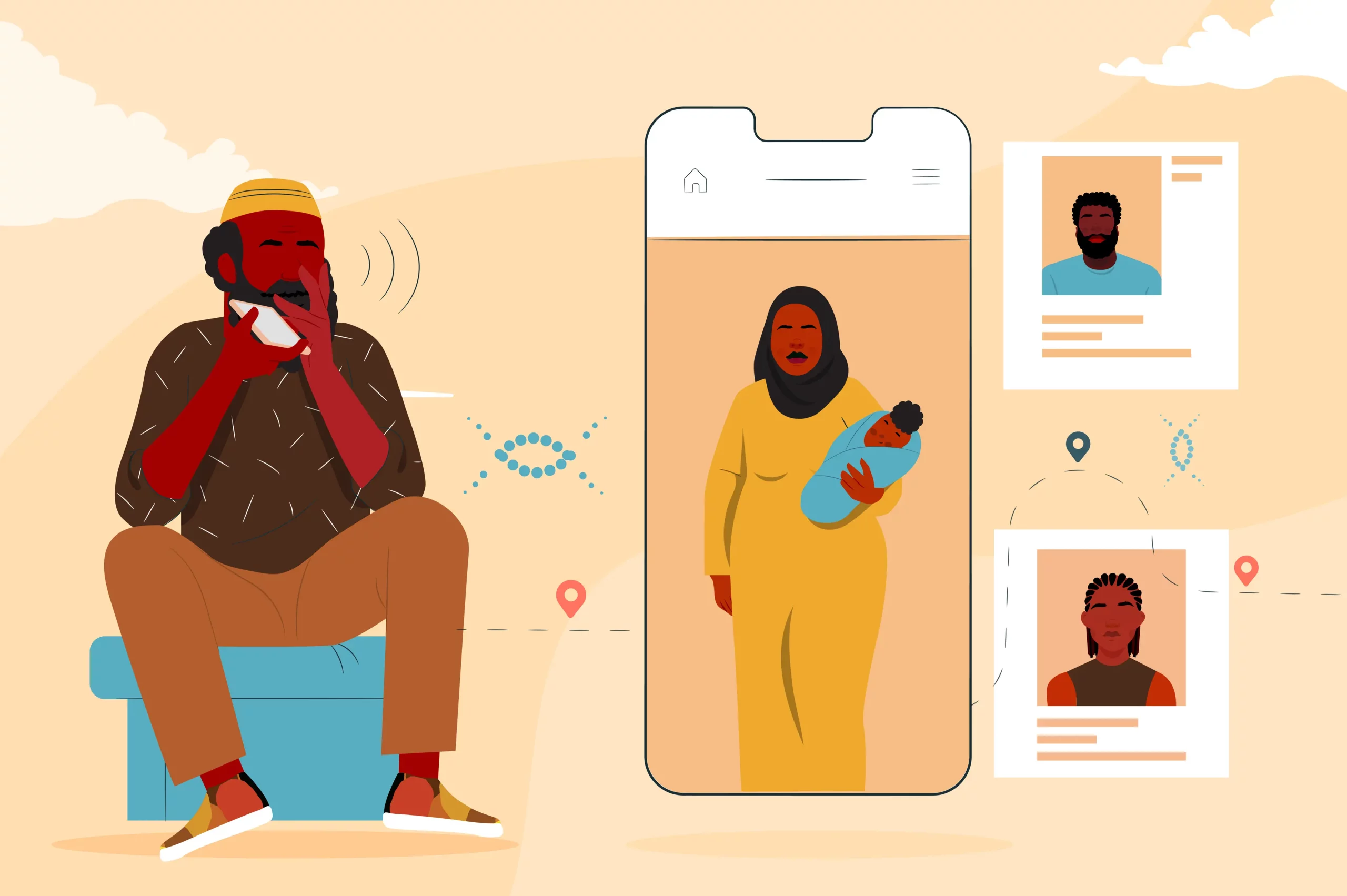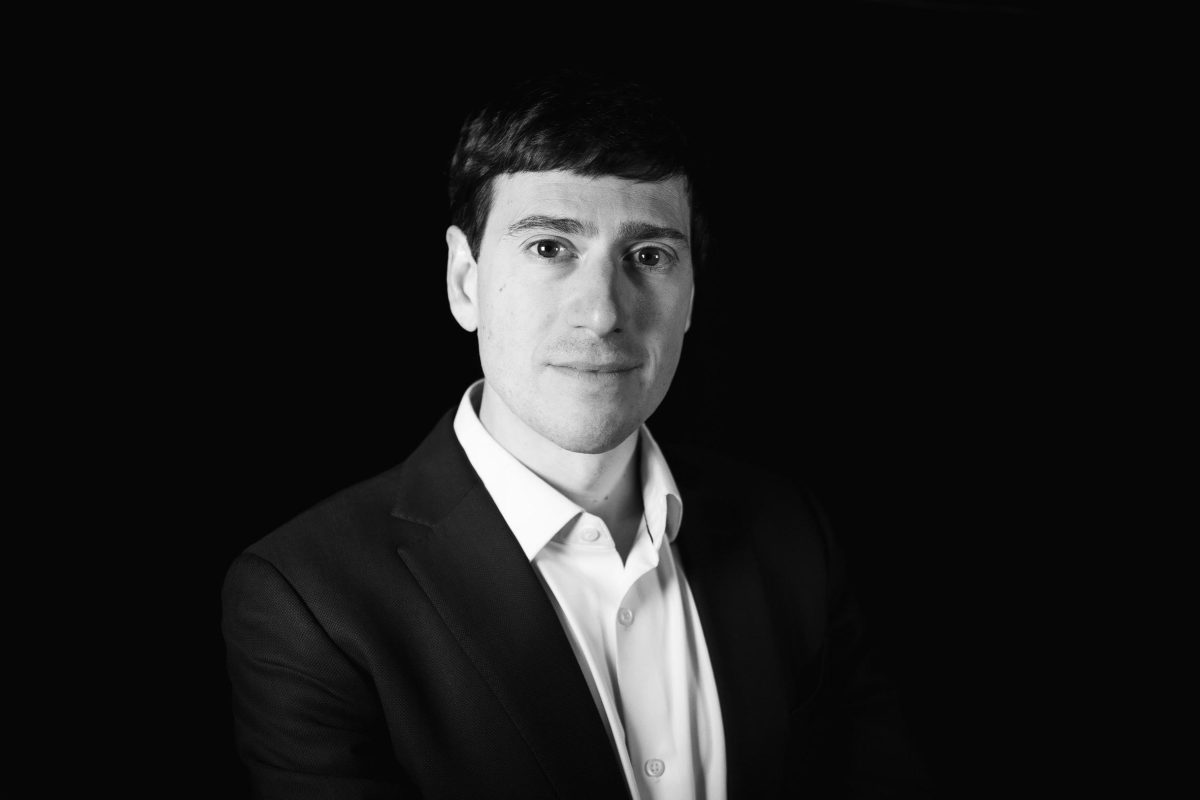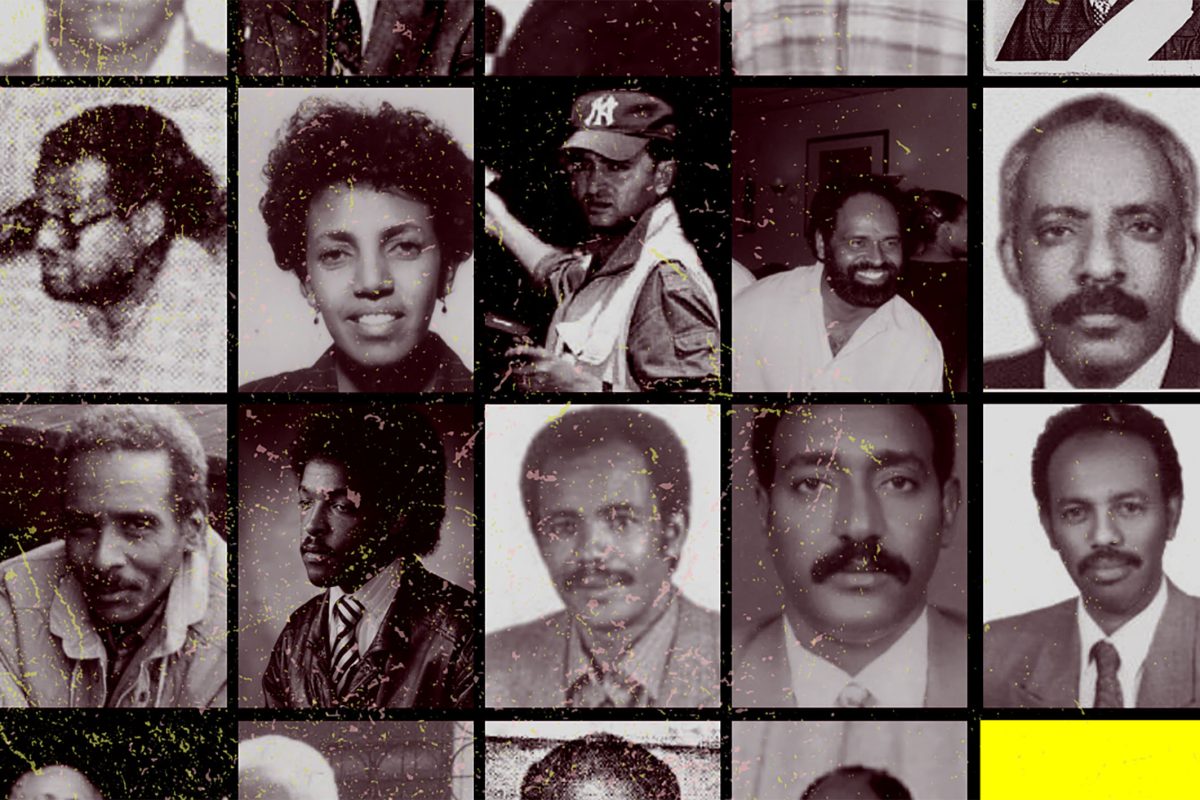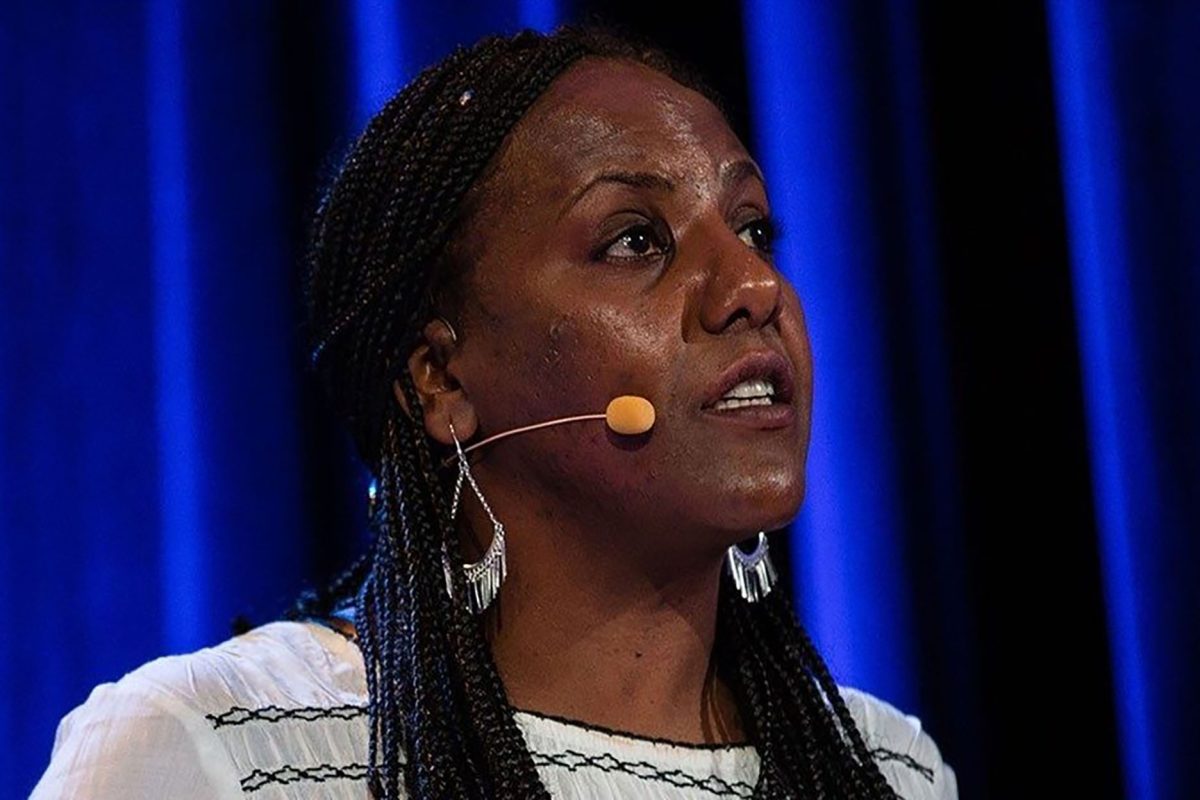Imagine a mother being able to find out what happened to her missing daughter. Picture her receiving a small kit in the mail, as simple as the ancestry tests many people use for fun. She would swab her cheek, send it back, and then wait – not for 19 years, but perhaps just a few weeks. Then, one day, she gets a notification. There’s a match.
Here we imagine the healing that could be possible for the families of Eritrea’s missing.
Illustration by Sylvia Pericles

For the past 19 years, a mother’s voice has haunted me. Every month, without fail, she calls, her hope unwavering, her pain etched in every word. “Have you found my daughter?” she asks, her voice trembling with a mixture of desperation and fragile optimism. I can almost see her clutching the phone, her knuckles white, as if holding onto her last thread of hope. Her daughter, barely 19 when she vanished in the unforgiving deserts of Libya in 2005, is just one face among tens of thousands of Eritreans who have disappeared over the past three decades in their desperate search for freedom.
This mother’s unyielding love, her refusal to give up, is both heartbreaking and inspiring. It’s stories like hers that compelled me to start the Missing Eritreans Facebook page and weekly radio program 12 years ago. Each week, I broadcasted over 100 names, each with a prayer, a plea, a desperate reach across continents. Behind every name is a family torn apart, a void where a loved one should be. As I spoke each name into the microphone, I imagined it traveling across airwaves, through cities and deserts, hoping it might reach a lost soul or someone who’s seen them. This was more than a program; it was a lifeline of hope for families shattered by an unforgiving exodus.
Three to four thousand youth flee monthly from Eritrea knowing that there is a shoot to kill policy at the border. Those who make it out in spite of this policy have a high chance of getting kidnapped and sold as slaves. Those who escape these kidnappings make their way to Europe, putting their lives in the hands of traffickers and smugglers who stack them like sardines in small pickup trucks and travel through the Sahara desert for fourteen days straight. Many of them fall from the trucks and die on the journey. Others lose their lives when the pick up truck has an accident, which happens often. A portion of those who are still alive make it to Libya, only to be sold and resold from one trafficker to another, each of whom extorts thousands of dollars from the refugees’ (often poor) families. And finally, traffickers cram refugees who have made it to this stage of the journey into small boats that are not meant to hold large groups of people, and head to Europe. Chances of surviving are very slim, but thousands take this journey driven by a desperation that outweighs the risk of death.
Each of these refugees’ deaths is undocumented, lost in the vast spaces between borders and bureaucracies. The witnesses – often fellow refugees – are afraid to speak out. And this forced silence leaves families without even the cold comfort of knowing their loved one’s fate.
Tens of thousands of Eritreans have vanished, leaving behind an equal number of shattered families. Mothers, fathers, sisters, brothers – all searching, all waiting, all hoping for news that may never come. Each missing person represents a family trapped in a state of agonizing uncertainty, unable to mourn, unable to move forward.
Yafet is one of these people who has been left in limbo for 10 years. His 24 year old wife Segen and 2 year old daughter Abigail went missing in June 2014 together with 241 Eritrean and Sudanese refugees on their way to Italy. Yafet reached out to me a week after his wife and daughter went missing to ask if I had any information about the boat they were in. Many other families whose loved ones were on the same boat had already reached out to me, and I told Yafet that I was working to find out where they could be. For 10 years I tried to find closure for these families. I even traveled to Tunisia and visited every single detention center there on a tip. I found the smuggler who trafficked the missing refugees and succeeded in having him extradited from Germany to Italy where he was sentenced to four years in prison. But I still could not give these families the closure they deserve.
Subscribe for more
There are thousands of families with similar stories. According to the International Organization for Migration’s (IOM) Missing Migrants Project, over 30,000 refugees and migrants have gone missing in the Mediterranean Sea. Each number represents a person – someone’s child, parent, sibling, or friend – and countless families left in agonizing uncertainty.
At a conference in Italy about missing refugees, I met a Maltese politician who told me that Malta has thousands of DNA samples from dead refugees found in their waters, that they don’t know what to do with. I wondered: How many more samples do Italy, Greece, and Turkey have? How many answers are out there waiting to be found? That’s when the idea hit me. What if we could create a way for families to submit their DNA and compare it to these samples? What if we could give them the answers they’ve been desperately seeking for years?
Imagine a mother, like the one who’s been calling me for 19 years, being able to find out what happened to her daughter. Picture her receiving a small kit in the mail, as simple as the ancestry tests many people use for fun. She would swab her cheek, send it back, and then wait – not for 19 years, but perhaps just a few weeks. Then, one day, she gets a notification. There’s a match. Yes, the news might be heartbreaking – her daughter didn’t survive the journey. But finally, she knows. She can grieve properly. She can bring her daughter home, if she wishes. She can start to heal.
This isn’t just a dream – it’s something we could actually build. We could create an app that’s easy to use and available in many languages. We could work with countries like Malta, Italy, Greece, and Turkey to access their DNA databases, and provide counseling and support for families who get difficult news. Families of the missing can organize themselves as they often do, and have control over the app and its associated databases.
Families would give anything to find closure, often getting further exploited while attempting to do so. After posting pictures of their missing children, parents often receive phone calls from people who claim to know the whereabouts of their children. The most common scam is to tell these parents that their children are alive but kidnapped, and that the kidnapper will release them if paid $10k+ in ransom per person. Families want to believe that their loved ones are alive, so most of them pay the ransom without hesitation, after which the callers disappear or the phone number stops working.
The DNA matching system could help end the exploitation of families searching for their loved ones. No more parents selling everything they own to pay ransom for children who aren’t actually being held captive. No more life savings lost to false promises. With this system, families would have a trustworthy source of information, cutting off the oxygen to vultures waiting to devour their nonexistent resources.
I know there are challenges to making this system a reality. We’d need to ensure that everyone’s information is private and secure, work with many different countries and organizations, and find enough funding to build it. But I imagine the impact: we could potentially help thousands of families find closure, gather information to make these dangerous journeys safer in the future, and put names and stories to the numbers we hear about in the news, helping people understand the human cost of the global apartheid system of borders.
I picture the mother who’s been calling me for 19 years. I imagine being able to give her an answer that ends her agonizing wait. I think of Yafet, finally knowing what happened to his wife and daughter, and of all the families I’ve met over the years, trapped in limbo, unable to move forward. While this technology won’t bring back those we’ve lost, it could bring peace to those left behind, honor the memory of those who died seeking freedom, and help us build a world where no family has to spend decades wondering about the fate of their loved ones.
On this International Day of the Disappeared, I dream of a future where we use technology to heal wounds instead of creating new ones. A future where we use our advancements to address one of the most heart-wrenching aspects of forced displacement. A future where we not only provide closure to grieving families, but also prevent their exploitation and create policies that make their loved ones’ migration safer. It’s not just a possible future – it’s a necessary one that we must strive to create.



